Did you know that more than 50% of cargo transported by sea falls under the hazardous goods category? Dangerous goods exist in liquid, solid, or gaseous forms. They all pose a danger in different ways and extents. Thus, the International Maritime Standards exist to facilitate safety in handling cargo.
The International Maritime Organization (IMO), formed by the United Nations (UN), is a body that develops rules to ensure safe shipping internationally. One of their significant orders is The International Maritime Dangerous Goods (IMDG) Code. The IMDG code stipulates requirements to ship hazardous goods safely. The set of rules aims to minimize contamination at sea ad ensure safe transportation of hazardous goods.
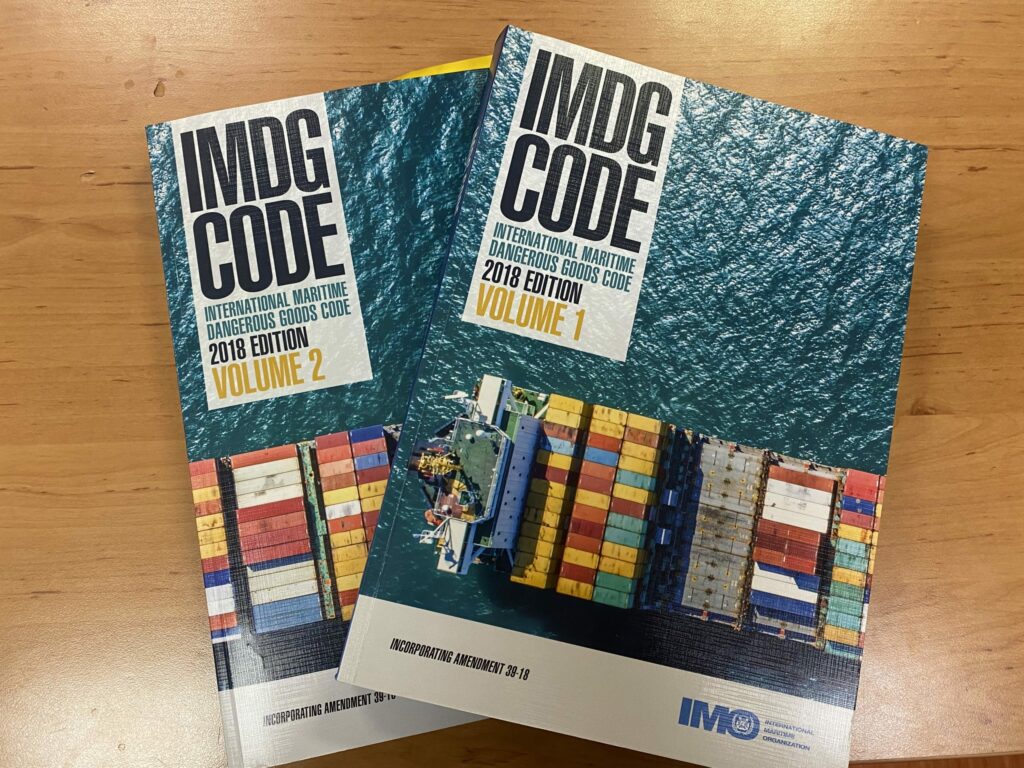
Transporting dangerous goods via sea is a tricky undertaking. It will help if you are up to date with the requirements to avoid hurdles. The IMDG stipulations are dynamic.
Every two years, the IMO countries meet up to present proposals. This is an effort to keep the regulations up to date with the needs of the people. The transportation experts panel at the UN then decides the amendments to make.
There is so much that you should know about the IMDG manifest. In this blog, you will learn almost everything that you need to know.
History Overview
IMDG began with a group of experts in the movement of hazardous goods who drew up recommendations for the UN. The UN then adopted the prepositions in 1965, after the SOLAS (Safety for Life at Sea) convention.
The IMDG code stipulated covered transportation practices such as packaging, handling of incompatible goods, and arrangement of containers, among other critical considerations.
Which Cargo Would Require a Dangerous Cargo Manifest?
Cargo is categorized based on the level of danger that they pose. There are three cargo groups according to the Dangerous Cargo Manifest. That include:
- The highest level is hazardous
- Moderately hazardous
- Less hazardous
There are everyday items that you use that you may not consider dangerous. IMO defines, hazardous items are any items that pose a danger to the equipment, workforce, or container.
If the material gets mishandled and compromises the environment’s safety or the labor force, it is a dangerous good. The goods could cause fire easily, cause corrosion or pose a danger to other properties. Thus, there is a list of emergency response procedures to avoid posing a risk to all entities when handling certain items.
What Is Considered Dangerous Cargo?
IMO also classifies items into three main classes, each consisting of a group of materials. The different classes of goods are treated differently when shipping. These classes include:
- Explosives
- Gases
- Flammable liquids
The explosives class is divided further into six groups; explosives with a mass explosion hazard, explosives with a severe projection hazard, etc. Some items covered include fireworks, ammunition, and airbags.
If a good fall under more than one class, the primary class is the most dangerous level, whereas the secondary class is the less dangerous one. It is common for an item to fall under numerous secondary classes.
What Is the Information Found in the Dangerous Cargo Manifest?
As a shipper or an interested party, you need to understand the shipping regulations and information under the Dangerous cargo manifest. IMO developed standard forms and declarations for use on ships as the FAL Convention includes a list of documents that public authorities can demand of a ship.
These are 7 forms and 3 declarations that are in force since 1st January 2018. FAL Form 7 is called Dangerous Goods Manifest and includes the following:
- Name of ship / IMO number / Call sign / Voyage number
- Flag State of the ship
- Port of loading
- Port of discharge
- Stowage Position
- Reference Number
- Marks & Numbers- Freight container Identification No(s) – Vehicle registration No(s).
- UN Number
- Proper Shipping Name/(Technical Specifications)
- Class/ (Subsidiary Risk(s))
- Packing Group
- Additional Information/Marine Pollutant/ Flashpoint/etc.
- Number and kind of packages
- Mass (kg) or Volume (L)
- EmS (Emergency Response Procedures)
- Shipping Agent / Place and date
Here is the layout of the Dangerous cargo manifest, FAL Form 7.
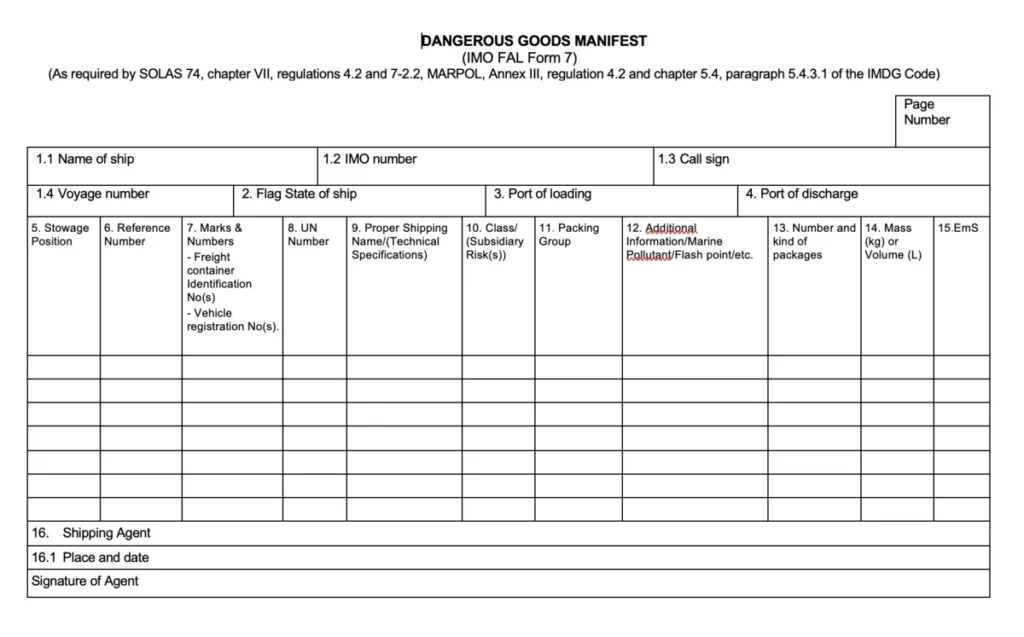
As you can see the manifest should include an account of all the hazardous materials in the shipment. This consists of the number, gross weight, and package type, gross weight is the weight of the dangerous material and the packaging used. The manifest should list the packing group and the subsidiary risks. Location, also known as stowage, is also a critical detail.
If you need a blank template of the Dangerous cargo manifest in Word format, you can download it right here: Dangerous cargo manifest, FAL Form 7.
Whose Names are on the IMDG Manifest?
Some of the names that are on the IMDG include the in-charge and the cargo owner’s name. In intervals of one week, it should show all the disbursement and receipt of the dangerous goods.
Anyone who supervises the creation of the manifest also indicates their name and the date of preparation. This confirms that the details describing the cargo are accurate ad true. It is the role of the carrier or one of the agents to ensure either the vessel’s master, licensed deck officer or bargeman ascertains the correctness of the entire manifest.
The carrier retains the manifest for a year and should avail it if an inspection is needed. There is an emergency contact on the manifest that the shipper should provide. This will enable the handlers to get timely assistance.
What Is the Purpose of Dangerous Goods Manifest?
The primary purpose of a dangerous goods manifest is to avoid disasters like the explosion at the Beirut port, which caused massive losses in Lebanon. This incident was a show of the consequences of disregarding the IMDG code.
The cause of the disaster was the improper storage of tons of ammonium nitrate. If Beirut port followed the suitable storage protocol, this was an avoidable calamity.
The ship’s master prepares the manifest to inform all other handlers of the cargo details. As indicated earlier, it denotes essential information like the exact location of the cargo on the ship.
Everyone has a manual that informs their swift and appropriate response whenever an emergency occurs. This prevents social loss (death, injury), the extra cost of restoring ships, destroyed cargo, or a ruined reputation.
How does IMDG prevent pollution?
Dangerous goods manifest serve as essential tools in preventing pollution. Almost all classes of hazardous goods cause air, noise, or water pollution. Radioactive materials, classified under class 7, pose a significant danger to human DNA.
Class 2 HAZMATs, gases could spill and spread quickly without being noticed. They can cause chaos, irritation, respiratory problems, and other issues associated with air pollution. A manifest is a safety precaution against such calamities.
If you handle dangerous goods, it is your responsibility to ensure the safety of the handlers, the environment, and the property. Complying with the IMDG standards also helps you avoid the back and forth with shipping authorities.
Final thoughts
At this point, you now understand the purpose of the IMDG. Therefore, when handling cargo, you should always start by identifying the level of hazard that your goods pose. This will aid in the implementation of control measures. The IMDG code for dangerous goods will guide you. Moreover, you should keep up with the amended regulations every two years.
- Sustainable and Luxurious: Discovering Split’s Yachting Paradise – April 26, 2024
- MarineTraffic vs VesselFinder: Which Is Better Vessel Tracking Service? – February 14, 2024
- Port Costs: A Comprehensive Guide to Port Dues and Fees for Cargo Ships – February 12, 2024

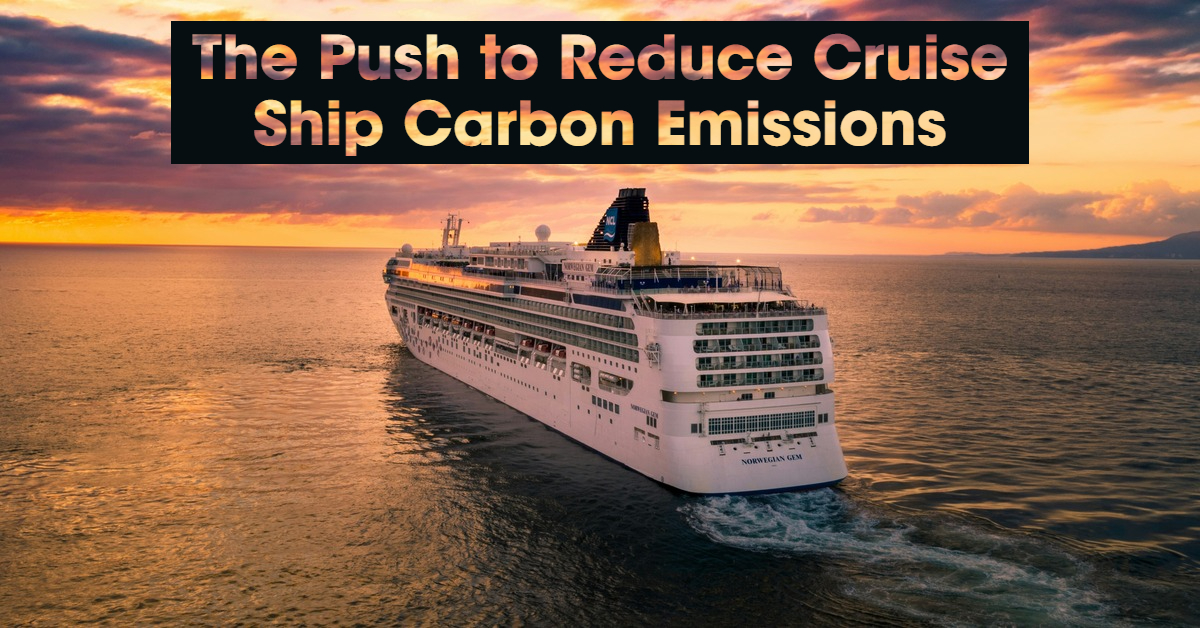
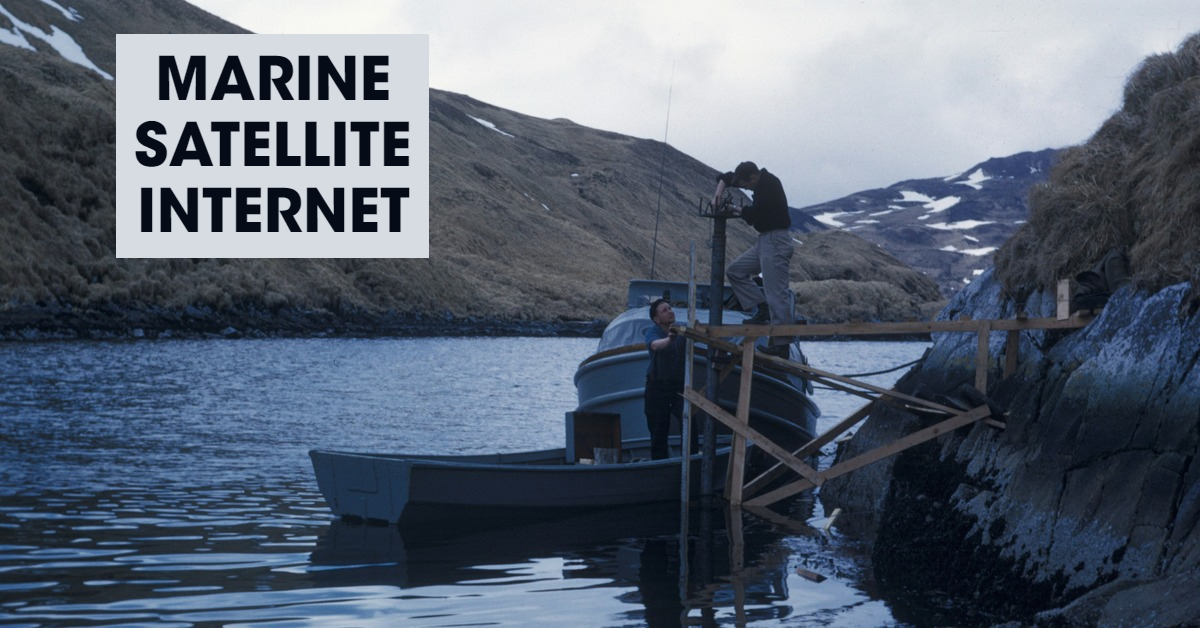
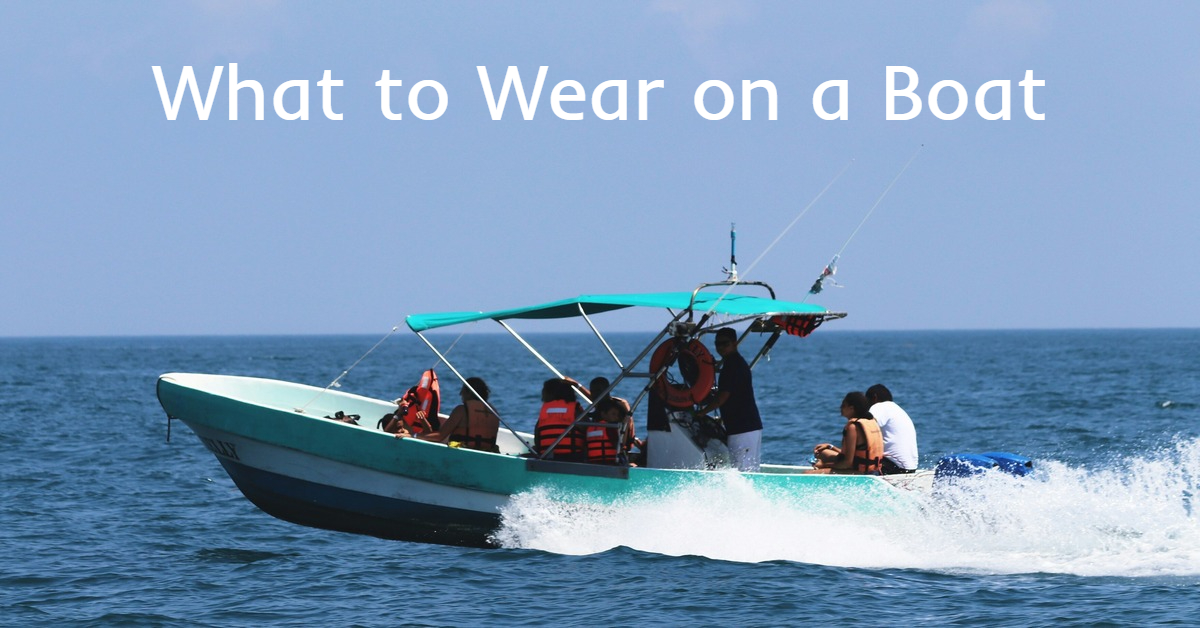
Leave a Reply